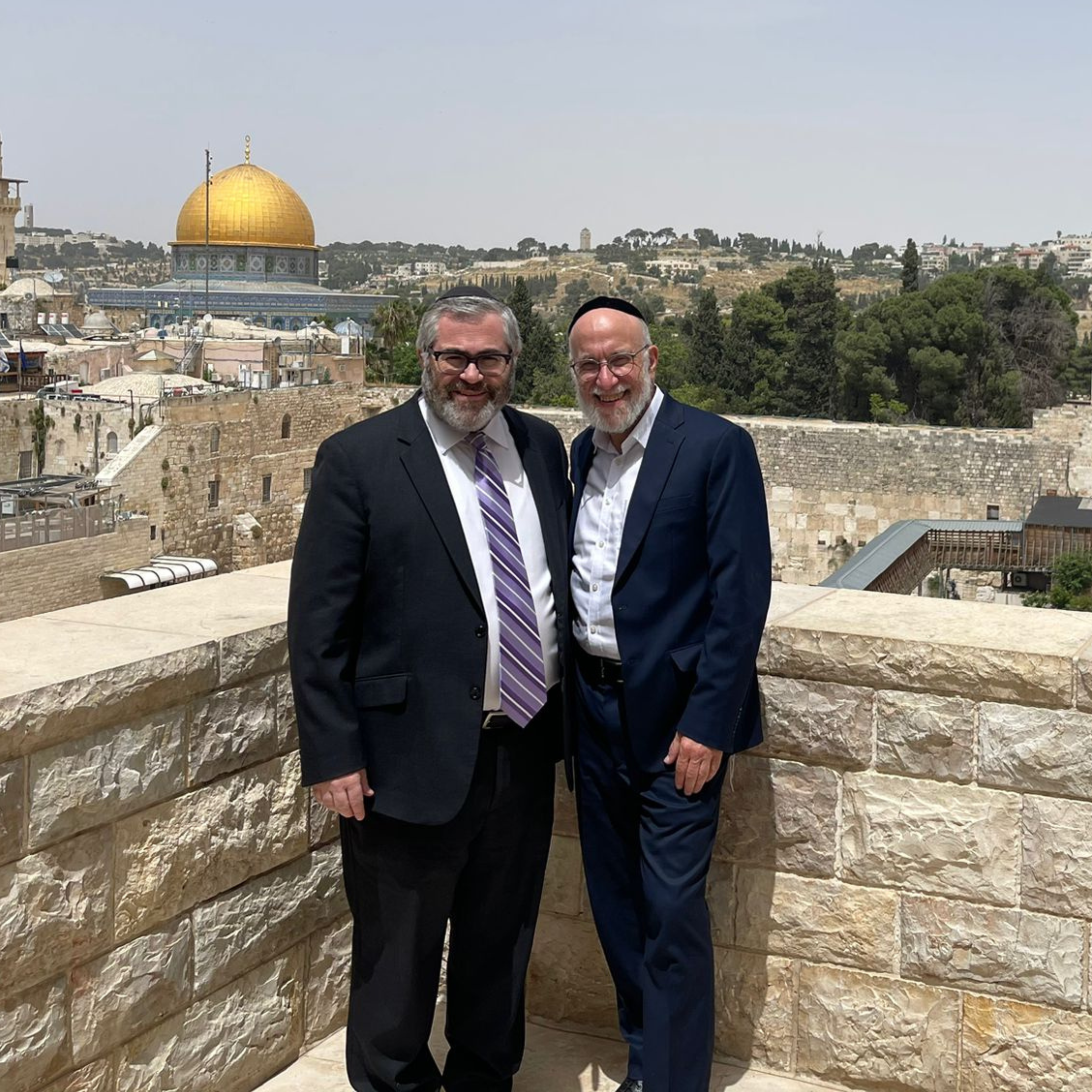The page of the Daf Yomi that was read around the world on the first Shabbat after the first yahrzeit of the people who were killed in the Simchat Torah tragedy (the same page that was read the day after Simchat Torah outside of Israel) —Bava Batra 123—triggers some thoughts that are of particular relevance as Israelis decide on the next steps to take in the ongoing response to the tragic events of Simchat Torah 2023.
Jacob is cited in the Torah in reference to Shechem, a city in Israel once occupied by people that might be compared to Hamas of today—or hopefully only of yesterday—which Jacob said he took out of the hands of the Amorite “with my sword and with my bow” (Genesis 48:22). We are talking, of course, about the man described as “ish tam, yoshev ohalim, a simple, straightforward or complete person, who dwelt in tents.”
Predictably, theTalmud continues, “But is it so that Jacob took the portion (of land) with his sword and with his bow? But isn’t it already stated, ‘[Through You do we push down our adversaries; through Your name do we trample those that rise against us.] For I trust not in my bow, neither can my sword save me’” (Psalms 44: 6-7).
The Talmud goes on to explain that “sword” refers to prayer and “bow” refers to petition (prayer being further described as public prayer formulated for the congregation to say in unison, and petition being further described as private prayers added on an individual basis). It has been observed that had the sword been used literally, the enemy’s allies would have joined in the fight. Sound familiar? This introduces us to the classic balance in Jewish life between bitachon (faith) and hishtadlut (making a realistic effort), which complement each other.
Extending the contrast further, since a sword can be deadly to the touch (if touched at the “right” place on the body and on the sword) it can be compared to a conservative or defensive stance, where offense is not as crucial. While the harmless bow and its modern successors (until activated) can only be effective with a pre-emptive launch, which the Israelis were famous for in the Six-Day War, and again more recently with the pagers and assassinations, and what they are yet to do versus Iran and/or Lebanon in the future.
Now, back to the sword and the bow as they relate to prayers and supplications. It seems that there is a vital place for everyone—the soldiers on the battlefield and the worshippers in our shuls. If we take the reference to the sword and the bow literally, we need to adapt the imagery to today’s times. The Israelis are confronted with the decision as to whether to fight with the modern counterparts of the sword or with the modern counterparts of the bow and arrow. The sword is a direct approach, fast and to the point, but limited in scope. The bow and arrow are more nuanced—one would need to determine how far to pull back in order to generate enough pressure to strike at a shorter distance toward Lebanon, or at a longer distance toward Iran.
In discussing the swords, the bows and the arrows, we may also note that the only time we read of Jacob actually fighting in the Torah, in any depth or detail, he was fighting an angel, and with no weapon at all. Chalk that one up to a hybrid approach featuring reliance on both prayer and physical strength, or—bitachon and hishtadlut.
May our continued prayers, together with deterrent-intended military initiatives, contribute toward peace in the Middle East, so that new generations of weapons will not be needed to protect new generations of Jews and Arabs.
The writer wrote, edited, and/or supplemented biographies of leaders of our people who prayed and were proactive in helping their fellow Jews: Rabbi Herbert S. Goldstein (The Maverick Rabbi), Harry Fischel (the Russian counterpart to mega-philanthropist Jacob Schiff) and perhaps most relevant today, Chief Rabbi Shear Yashuv Cohen (who himself was a high profile hostage when captured by the Jordanians in Israel’s War for Independence, and who inspired not just his comrades but also his captors when in captivity).











